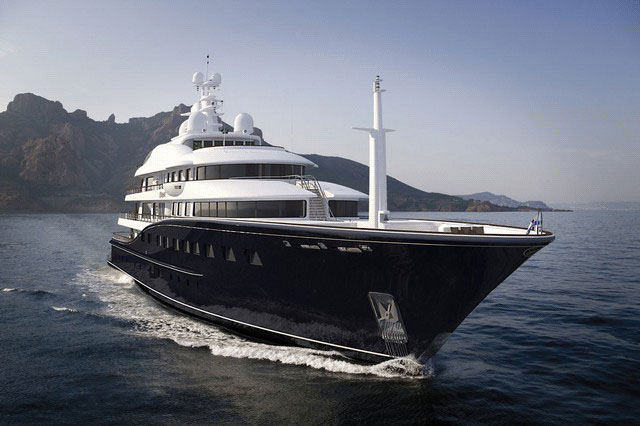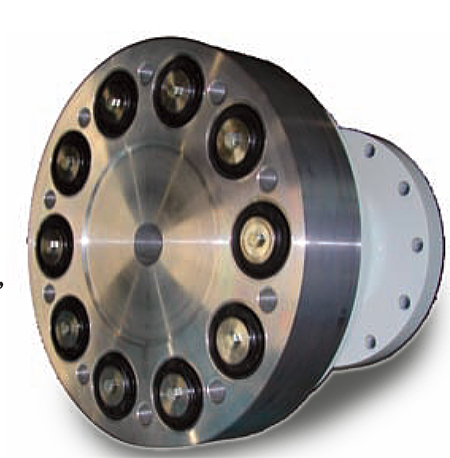 |
|
Common noise sources and paths Main deck common spaces: Exterior Decks: Main & Lower Deck Accommodations: Upper Deck Accommodations: |
Yachts over 500 Gross Tons
Yachts this size are almost always one-of-a-kind. If you’re treating a vessel of this size for noise reduction, you are going to want a fully customized plan. You can look at the recommendations for some of the smaller sized yachts to get an idea of the options we’d explore, but everything will ultimately be customized to fit your machinery and spatial dimensions.
Call us to set up a consultation.
When preparing for the consultation, in addition to specs for your machinery and dimensions for the craft, you should make sure everyone involved is on the same page about what level of noise is acceptable. It should be clearly defined. If you are building a boat to meet Lloyd’s of London specification, you don’t need to do everything in the catalog. What do you absolutely need? What is optional? Often a decision maker doesn’t just want a vessel to be “quiet” – it needs to meet his or her definition of quiet.
Ideally, these questions are answered in writing so everyone involved in planning or refitting the vessel can be on the same page. Starting the dialog and analysis early in the planning will lead to a cleaner and more achievable contract.
Treatment examples
Generally, on a vessel this size you use heavier versions of many traditional noise solutions. For example:
- Isolation of the engine might include thrust-bearing isolation, as opposed to semi-elastic remote thrust bearing acceptable on a smaller scale.

- The shaft, in addition to being housed in an oil-bath system, might have fully oil-lubricated bearings as opposed to more common water-lubricated bearings, which can be squeakier.
- Instead of floating a sole or part of a state-room, you may float entire key interior spaces, creating a highly insulated box-inside-a-box effect.
- It’s likely you’ll want to use thicker, heavier insulation materials (unless weight and speed are crucial factors). That extends to the floating soles – using mass-loaded plywood instead of regular interior plywood, and deploying 2 inches thick mineral wool and fiberglass rated A60 or A30, instead of lighter materials.
Structural Fire Protection
This is the other key factor that is often of greater concern for vessels of this size. The requirements for fire protection, particularly around the galley and machinery space, must meet a higher safety standard.
For Lloyd’s class boats in this size range, structural fire protection is also a consideration. A30, A60, A80, B and C are all available, but may require different materials to meet those specifications. Soundown experts can consult on variations for the below suggestions that will meet the most stringent requirements.
The bottom line – for a vessel of this scale, the downside to not getting it right the first time is much larger. It’s not inexpensive, easy or convenient to go back after a build and retrofit for noise abatement. It’s best to plan it out from the early stages with specificity and expert input.